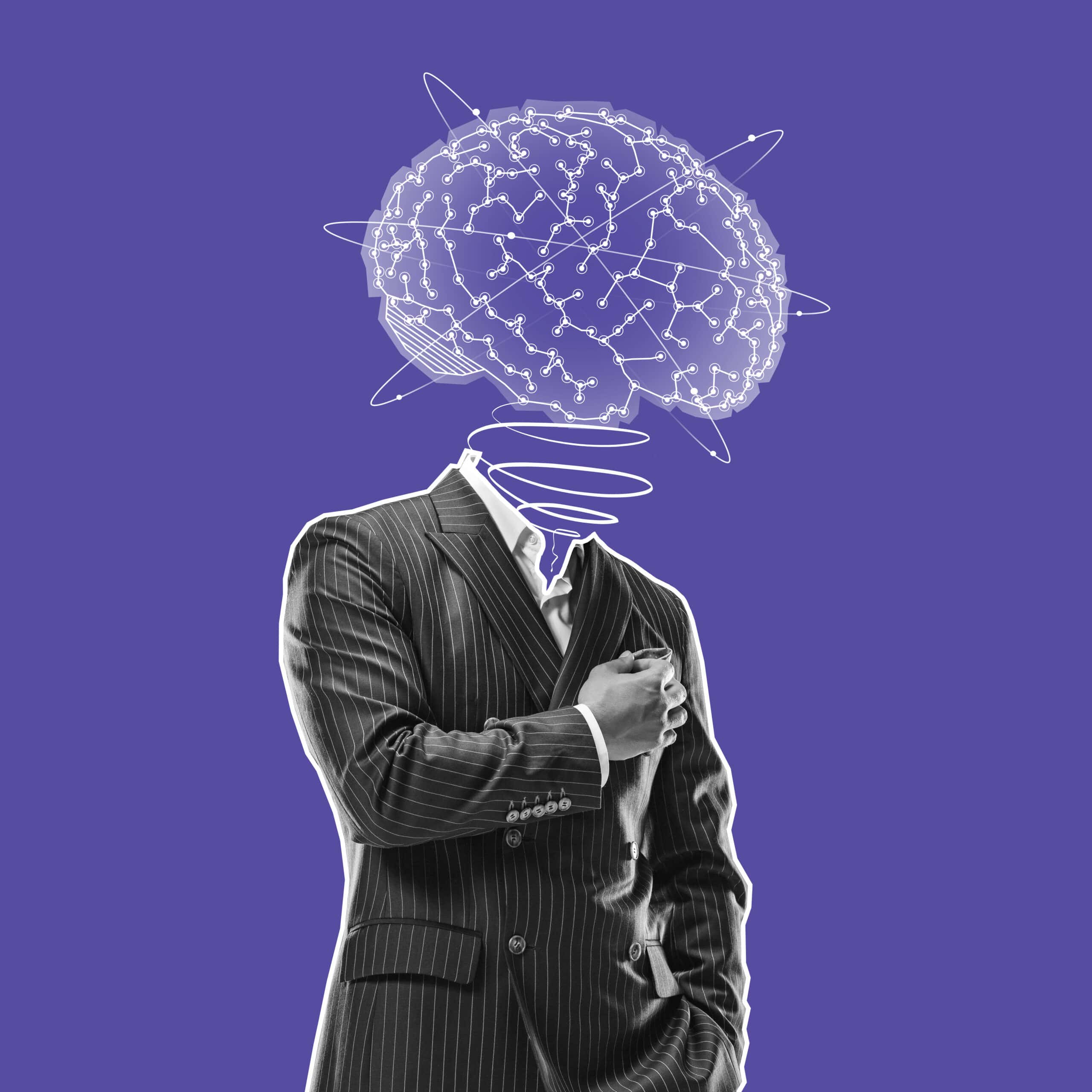Have you recognised the hidden dangers concealed within your systems?
It always amazes how swiftly a system can develop issues that, if left unaddressed, will impact the future of the business.
Deciding whether to modernise or replace can be challenging, particularly when balancing day-to-day business demands. Various factors need consideration, including the system’s age, functionality, and how well it meets current and future needs.
I found the feature article a great read and an excellent reminder of how complex the world we’ve created actually is. 💡
Featured Article:
Traditional AI vs Generative AI
Helping beginners understand the difference between traditional AI and generative AI.
Article featured in KD nuggets
‘Generative AI’ is the next buzzword that’s going around at the moment. Regardless of what sector you’re working in, you’ve definitely heard the word. It has shown us in the past 6 months alone the significant advancements in artificial intelligence (AI). It has reshaped various industries, and everybody wants to get their hands on it.
For some of you, you may not really know the difference between the subsets of AI, and this is the point of this article.
To clear things up for you.
What is Traditional AI?
Traditional AI – a part of AI in which the majority of non-technically inclined people know. Also known as Narrow or Weak AI, the traditional form of AI focuses on performing a specific task in an intelligent manner.
Generative AI Playbook For Architects, IT Leaders & CXOs
Driving business outcomes with Generative AI requires strategy and collaboration from enterprise teams.
Article featured in Architecture & Governance
AI Technology is changing the way the world does business. Generative Artificial Intelligence (Generative AI) refers to the use of AI to create new content, like text, images, music, audio, and videos. It can produce a variety of content covering images, video, music, speech, text, software code and product designs. Generative AI helps in faster product development, enhanced customer experience and improved employee productivity.
McKinsey defined Generative AI as Algorithms (such as ChatGPT) that can be used to create new content, including audio, code, images, text, simulations and videos.
Generative AI is powered by foundation models (large AI models) that can perform out-of-the-box tasks including summarization, Q&A, Classification and more.
Six Criteria You Can Use To Assess GPT Readiness
Is your business ready to leverage AI? Here’s a guide to implementing GPT technology and assessing readiness.
Article featured in The Digital Transformation People
Artificial intelligence tools like OpenAI’s GPT-3 are enabling new opportunities for innovation and boosting employee productivity by at least 37%. But companies must evaluate their maturity before broadly deploying GPT models across their organization.
Maturity in this instance should be defined as GPT Readiness or your organization available broad infrastructure to capture the full potential of GPT and handle scaling and security issues. Data breaches cost on average $4.35 Million per instance, where an individual company can have multiple instances. GPT and similar applications allow dataflow and accessibility across unsecured networks.
With the rate of Generative AI innovation, having technical infrastructure alone is not enough – maturity across data security, infrastructure, business alignment, AI expertise, model robustness and data governance is equally critical.
GPT has the potential to be your best friend or worst enemy without the proper insights. A GPT Maturity Assessment gives your organization an informed perspective on their readiness, gaps, risks and opportunities – a valuable foundation for strategy development and execution.
How will the Big Data market evolve in the future?
Being able to work with big data and AI provides a continually growing advantage for both companies and employees.
Article featured in Data Science Central
Big data has been around for some time now, becoming a more or less common concept in business. However, recent developments in AI technology have shaken up an already volatile field, inviting us to reconsider our projections of how the big data market will look in the future.
We can already see the signs that these developments have game-changing effects on the labor market, business data management, and entire organizational structures. Tracking these signs allows for a better understanding of this fast-paced evolution that we are witnessing.
Rapid developments in big data
Mostly driven by evolving web data gathering technologies, the recent breakthrough years in the big data sector have brought many positive changes.
Complex machine-learning models have become more accessible, hardware and software solutions for ML algorithm training are now cheaper and more specialized, while tools for creating and optimizing the models are more readily available due to cloud technology.
6 alternatives to blockchain for businesses to consider
Technologies like cloud storage and distributed databases provide some of blockchain’s data-integrity and reliability advantages with fewer performance, efficiency and cost issues.
Article featured in TechTarget
However, despite the promise, blockchain adoption beyond proof of concept has been slow. One big issue has been the relatively slow performance of early blockchain technologies. The first blockchain networks were limited to a few transactions per second and could take up to an hour to guarantee the authenticity of transactions.
Several alternatives to blockchain that provide better performance have emerged. Businesses might also want to consider them to reduce costs, simplify development and reduce integration challenges.
But asking about alternatives to blockchain is somewhat backward, according to Derek Brink, vice president and research fellow at Aberdeen Strategy & Research, a technology advisory firm. That’s because in many cases blockchain is the alternative.
Article featured in The Digital Transformation People
When we look at legacy systems built on out-of-support platforms in deprecated languages using dated data repositories, we can easily relate to their fragility. We’ll discuss this in Part 1.
However, there are also new products built on less solid foundational practices that introduce a whole new level of fragility into the solutions ecosystem. These systems are plagued by best intentions and poor execution. We’ll discuss these in Part 2.
Finally, there exist fragile systems serving purposes that are well accepted under certain circumstances. Let’s learn when it’s OK to have fragility in Part 3.
Ignoring difficult situations and decisions is almost a form of art. We hope the bad we aren’t addressing will remain dormant so we never have to tackle its ramifications head-on. To be clear:
Hope is not a strategy!
The more we ignore, the deeper the hole of despair when bad happens. Let’s examine more practical approaches to deal with fragile systems to, perhaps, avoid bad altogether.
We need to address technical debt before it leads to bankruptcy!
THE DIGITAL EYE
I hope these articles are valuable.
I am passionate about technology, and I want to share that passion with you. I believe that it’s essential for everyone to stay up-to-date on the latest trends, so I’ve set out to cover all aspects of the industry – from data analytics to blockchain and AI.
Please let me know if you want to see any other topics covered, and I would appreciate your help sharing this blog with others interested.








